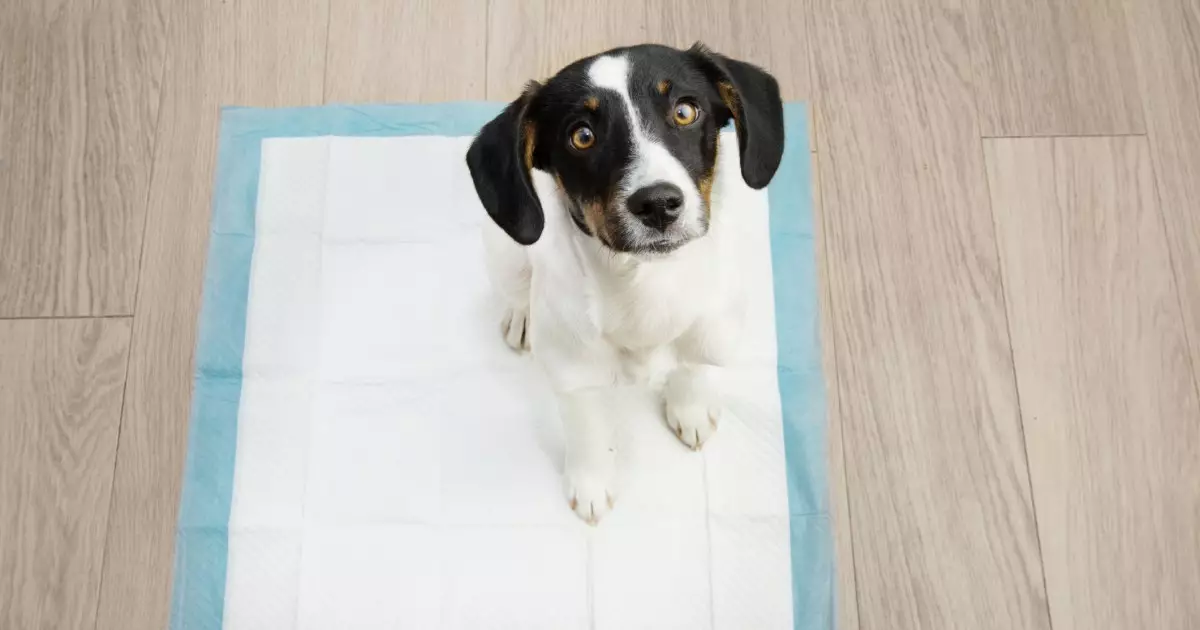Housetraining a puppy is one of the most critical yet challenging aspects of pet ownership. The foundation of a successful housetraining experience lies in consistency and a well-structured approach. When multiple people are involved in the care of the puppy, it becomes essential that everyone adheres to the same protocol to avoid confusion and mixed signals. Not only does a consistent method make it easier for the puppy to learn, but it also strengthens the bond between the owner and their new companion.
In essence, effective housetraining revolves around three primary principles: predictability, timing, and positive reinforcement. Predicting when your puppy needs to go is a skill that you’ll cultivate over time. Puppies often exhibit signs such as sniffing, circling, or moving towards the door when they feel the urge to relieve themselves. By recognizing these behaviors, you can achieve timely bathroom breaks. Once they successfully do their business outside, offering praise and tasty rewards solidifies the behavior by creating a positive association with outdoor potty time.
To start on the right foot, consider harnessing the simplicity of a leash. Using a leash during bathroom breaks minimizes distractions and keeps your puppy focused on the task at hand. When they succeed, rewarding them immediately reinforces the behavior. On the flip side, if your puppy does not relieve itself after a short while, it’s crucial not to linger outside. Bring them back inside, keep an eye on them, and look for any signs that they might need another chance to go outside shortly.
Patience is vital in the process of housetraining. It’s important to understand that frequent breaks, particularly right after eating, drinking, or waking up, are necessary. Puppies thrive on routine, so developing a schedule that allows for regular bathroom breaks—typically every hour—can be beneficial. Over time, as they grow more confident, you can gradually extend the intervals between breaks. However, if your puppy shows any signs of needing to go, don’t hesitate to take them out again.
Crate training can effectively promote housetraining when done correctly. Puppies should never be confined in a crate for extended periods, as this can lead to accidents and frustration. Ideally, they should be offered relief every two hours during the day and every six to seven hours at night. If your puppy eliminates in their crate, it’s often indicative of being left alone for too long or an inability to hold their bladder.
As with any training process, challenges will inevitably arise. If you experience prolonged difficulties in housetraining, you might consider potential underlying issues. Health problems like urinary tract infections can significantly disrupt the training process, so consulting a veterinarian if you suspect something is amiss is prudent. Additionally, monitoring your puppy’s water intake is essential—moderation is key.
Another common mistake is carrying the puppy outside instead of walking them. While it may seem convenient, it can foster dependency and delay their understanding of the designated potty area. Likewise, vigilance in supervising their activities indoors is crucial. Unsupervised time can lead to accidents or the formation of habits that are difficult to break.
Supervision cannot be overstated. Allowing puppies free reign within the house can result in unauthorized bathroom breaks, confusion, and longer training durations. For this reason, tethering them to you or limiting their space can serve as a helpful strategy. With this approach, you can closely observe their behavior and more easily guide them outdoors when the need arises.
It’s also critical to manage rewards effectively during this training phase. Giving your puppy privileges inside the house for successful outdoor potty breaks reinforces the behavior. However, if they fail to relieve themselves during an outdoor excursion, do not reward them with freedom. If after a reasonable period they still have not gone, it’s best to return them to their crate and try again later.
The journey of housetraining is rarely linear and comes with its set of challenges. Yet, consistency, observation, and effective communication form the backbone of successful training. By paying close attention to your puppy’s cues, maintaining a regular schedule, and offering plenty of positive reinforcement, you can set the stage for a well-housetrained dog. Remember that setbacks are part of the process, and staying calm and composed will only help strengthen your relationship with your furry friend. Enjoy this time with your puppy, as patience and love will yield lasting rewards in the years to come.

